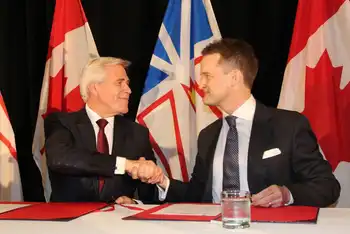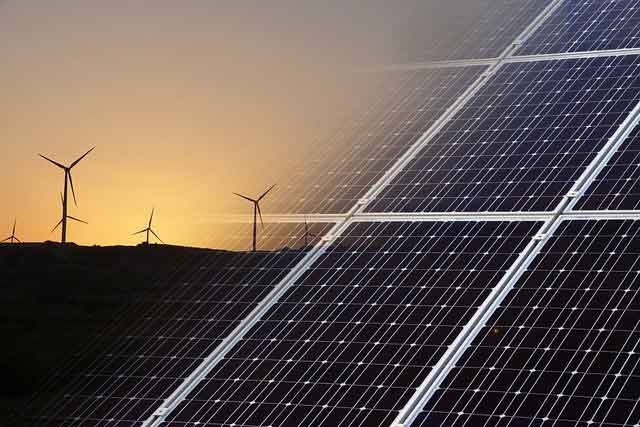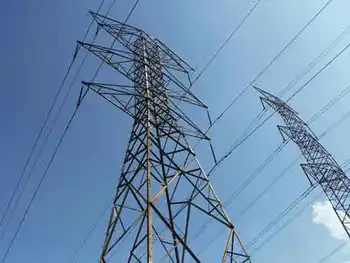Recession slashed 2009 EU carbon emissions
By Reuters
NFPA 70e Training - Arc Flash
Our customized live online or in‑person group training can be delivered to your staff at your location.

- Live Online
- 6 hours Instructor-led
- Group Training Available
The EU said carbon dioxide emissions from the more than 11,000 installations regulated by its Emissions Trading Scheme fell by 11.6 percent to 1.873 billion tonnes.
Low prices also encouraged greater use of natural gas, which emits less carbon dioxide than the coal it replaced to generate electricity.
"Because of the crisis it suddenly became easier to reduce emissions," European climate commissioner Connie Hedegaard said in a statement.
"Unfortunately that also means that European business did not invest nearly as much as planned in innovation, which could harm our future ability to compete on promising markets," she added.
Discounting incomplete data from Cyprus and Liechtenstein put the 2009 drop at around 11.4 percent.
The scheme, worth an estimated $100 billion last year, caps the carbon emissions from plants and factories across 27 states, and doles out carbon permits which participants can trade.
EU carbon permit futures held steady after the news, trading at 15.35 euros a tonne US$20.60, up 25 cents or 1.7 percent.
This marked the second year in which the ETS contributed to falling emissions, and followed the three difficult years of its infancy during which too many permits to emit carbon were handed out and the scheme failed to have any impact.
Just under 82 million Kyoto Protocol carbon offsets were surrendered by EU installations last year, representing 4.3 percent of the total carbon permits turned, the EU said.
Offsets present a cheaper way for participants to meet their CO2 targets when investment in abatement proves more expensive.
Certified Emissions Reductions CERs, originated from clean energy projects in developing nations, accounted for 4.1 percent while Emissions Reduction Units ERUs, which come mainly from projects in eastern European countries, made up 0.2 percent.
Chinese CERs made up the biggest share, accounting for 52 percent of all CERs turned in. A further 21 percent came from India, 14 percent from South Korea and 9 percent from Brazil.
The remaining 4 percent originated from another 19 nations.
The Commission said the combined CER and ERU surrenders used since 2008 are only roughly 12 percent of participants' 1.4 billion tonne quota. Benchmark CER futures traded up 9 cents or 0.7 percent to 12.89 euros a tonne by 1020 GMT.
The final EU data came a week after two U.S. Senators introduced climate legislation that would kick-start an emissions trading scheme in the world's biggest economy and second largest polluter.
Democratic Senator John Kerry and independent Senator Joe Lieberman unveiled their American Power Act bill, which was quickly backed by President Barack Obama and aims to cut U.S. carbon emissions by 17 percent below 2005 levels by 2020.
The bill faces looming deadlines, with midterm elections set for November, and fierce opposition from Republicans and even some Democrats.
Governments from around the world will be watching the U.S. closely, as the fate of a new international pact to combat global warming hangs largely on Washington's actions.











